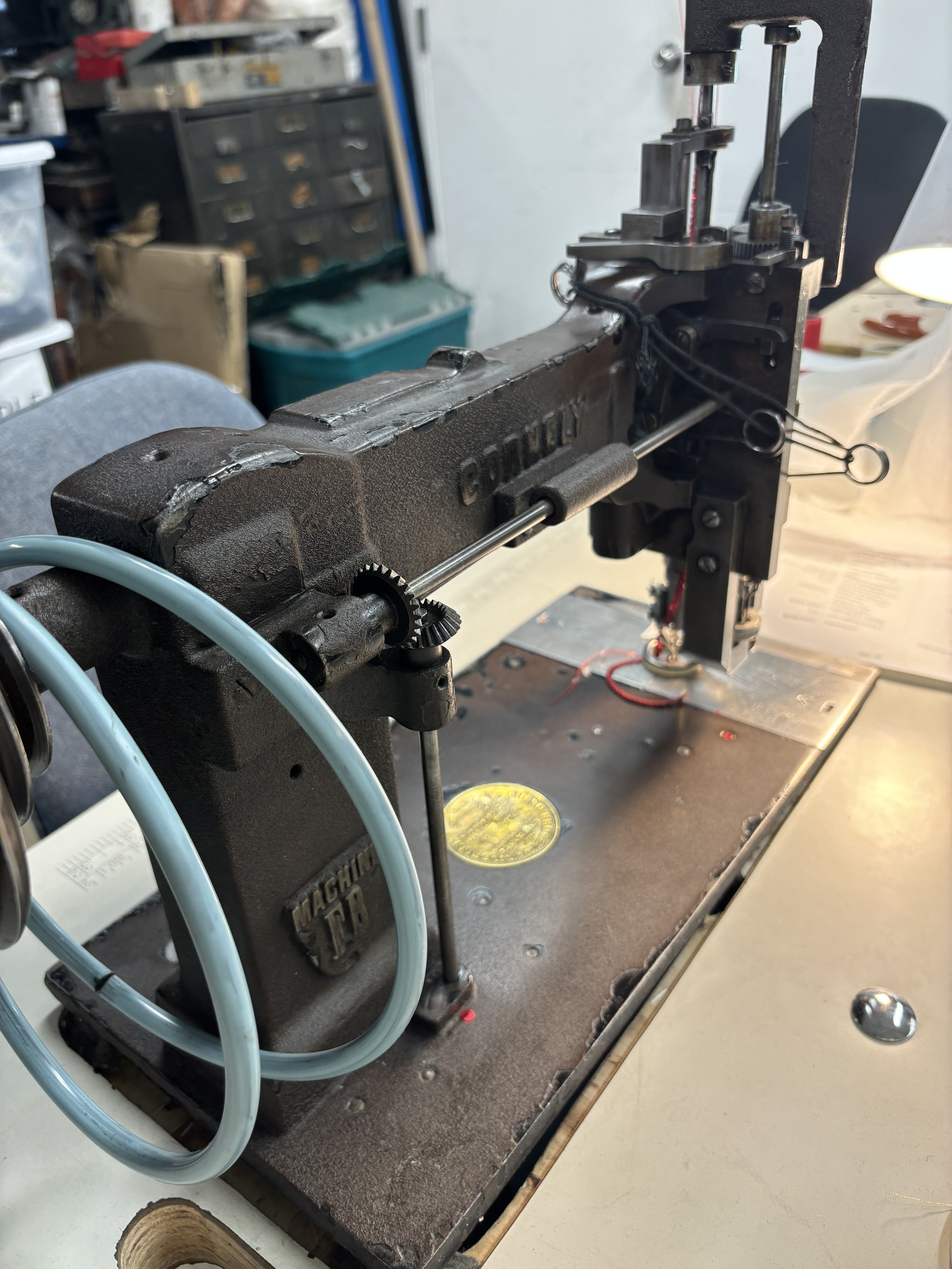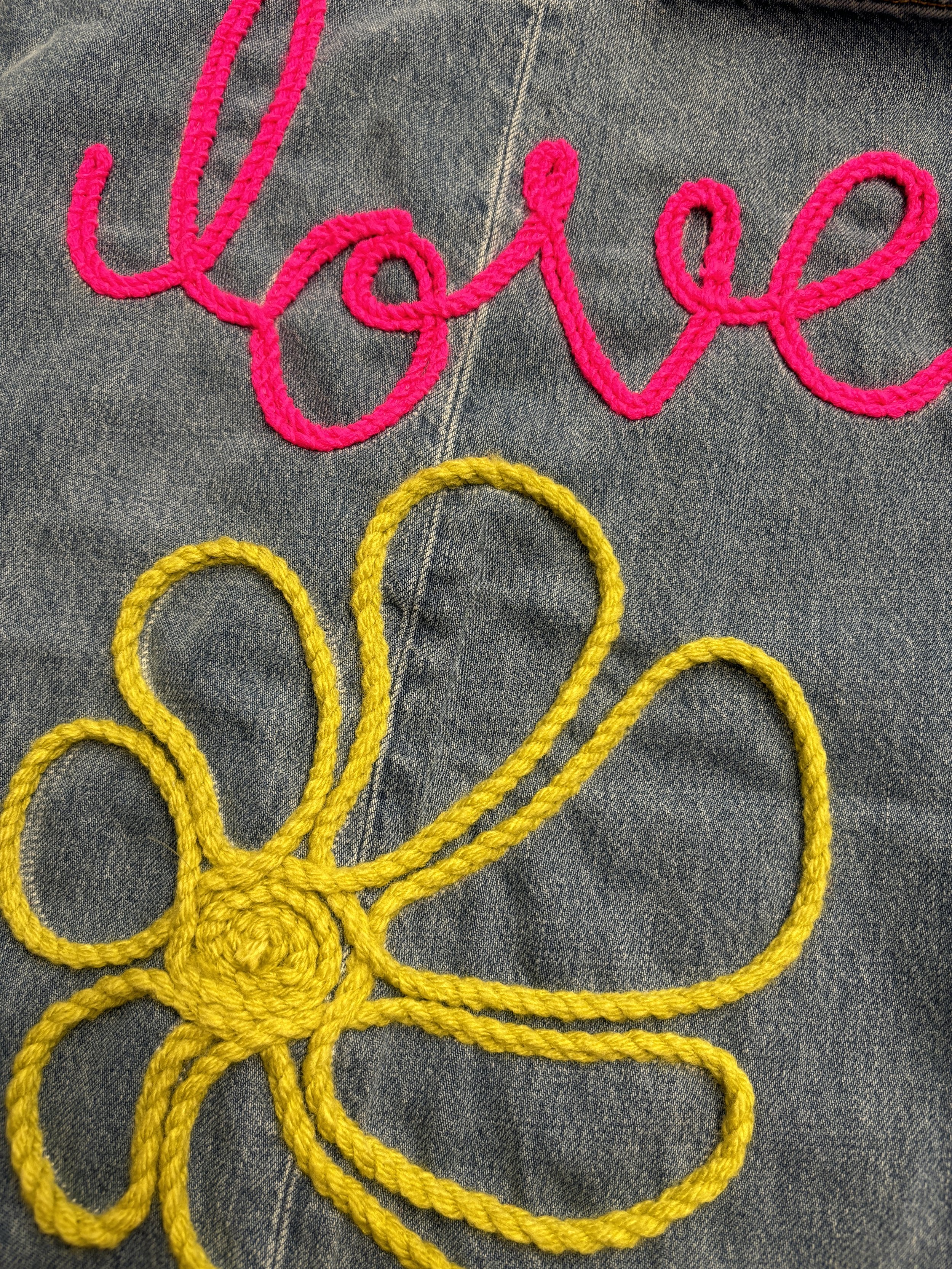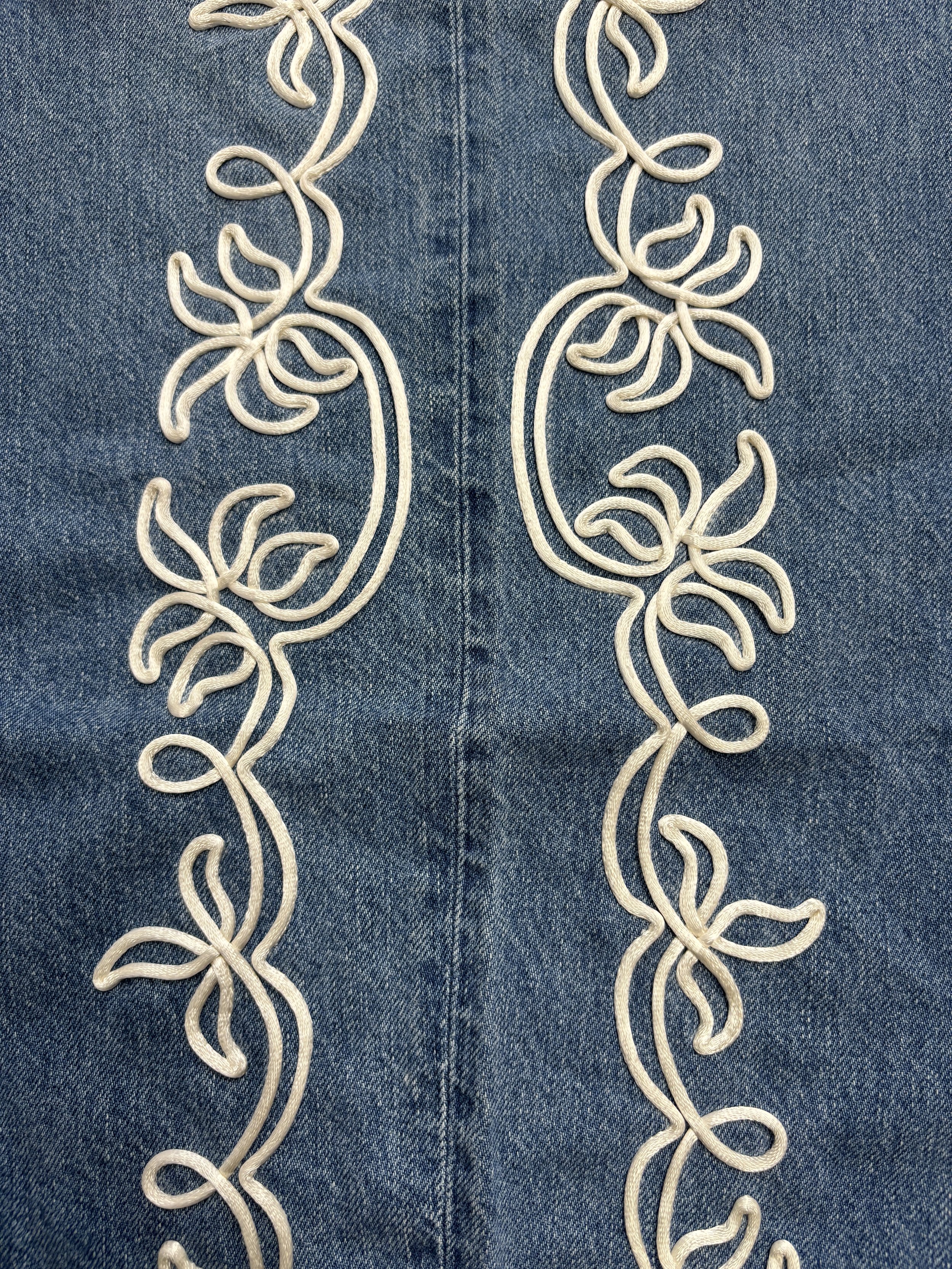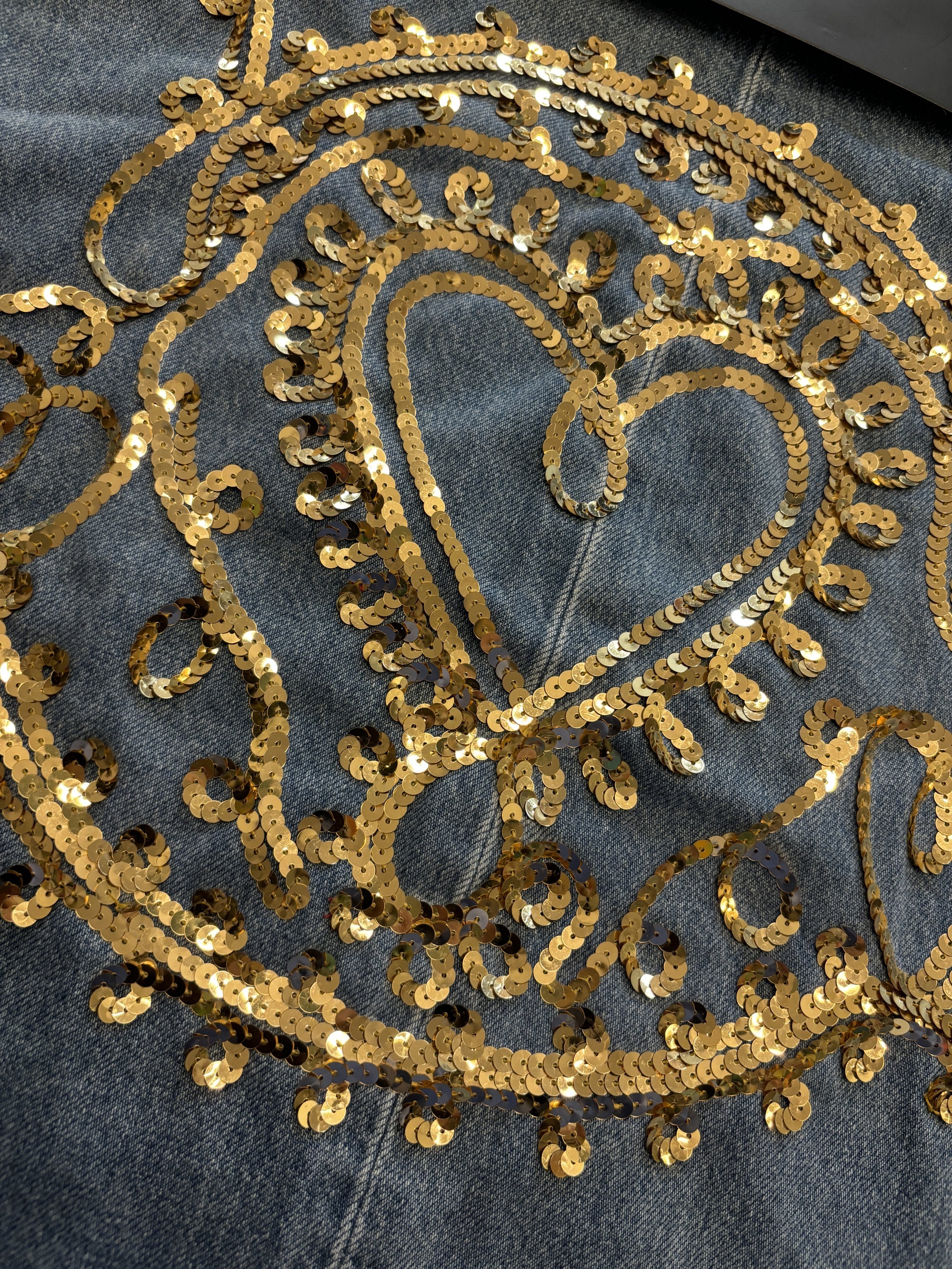Threads of History: Exploring the Cornely Embroidery Machine
Precision, Passion, and the Cornely Craft
The Cornely embroidery machine indeed stands as a significant milestone in the mechanization of traditional embroidery practices. Developed by Ercole Cornely in Paris, it expanded upon the initial innovations of French engineer Antione Bonnaz, who created the first successful machine capable of chain-stitch embroidery in 1865. Cornely's advancements allowed for both chain and moss stitches, marking a pivotal moment in the history of embroidery machinery.
Initially referred to as Bonnaz machines, they later became synonymous with Cornely due to his further developments and refinements. These machines garnered recognition at prestigious events like the Paris Expositions Universelles of 1889 and 1900, earning acclaim for their ability to blend the intricacies of hand-tambouring with the efficiency of contemporary sewing machine technology.
One of the most remarkable aspects of the Cornely machine was its impact on the embroidery industry. It revolutionized production by offering the first single-needle embroidery solution, making it accessible for home or small-scale use. As its mechanism evolved, the Cornely machine blurred the lines between machine and hand-sewn embroidery, showcasing its adaptability and quality.
The Cornely machine, specifically designed for underbraiding, exemplifies the versatility of Cornely's inventions. Used predominantly by English embroiderers, it facilitated the attachment of cord or braid using a single thread or back stitch, catering to specific preferences in technique. The machine's ability to apply underbraiding, attach pearls, or add looped edgings to lace further underscored its utility and appeal in various applications.
Swatches created by our Cornely machine
Subscribe
Subscribe for more! Get the latest updates from our studio.









